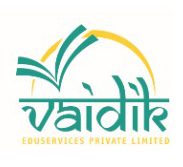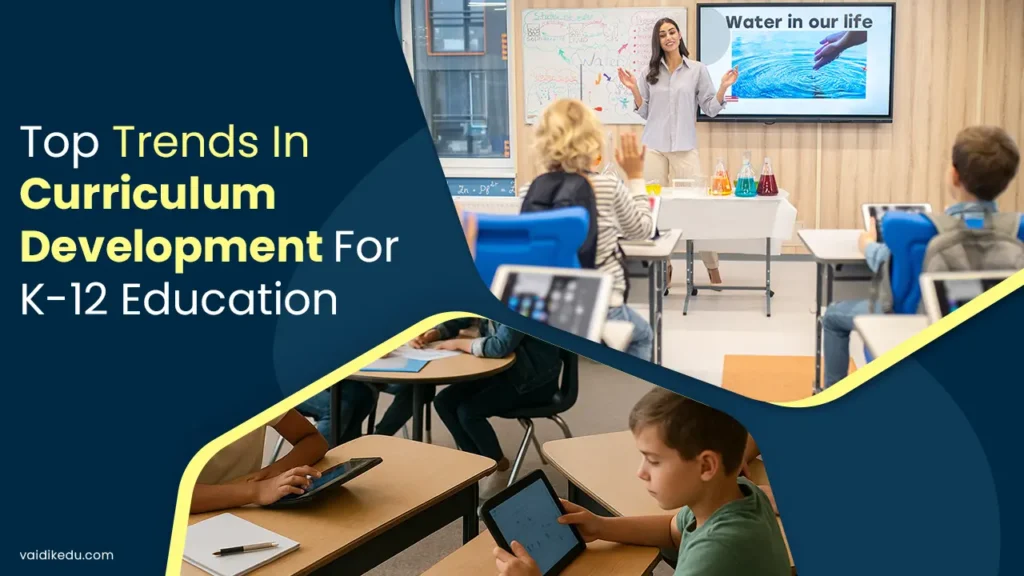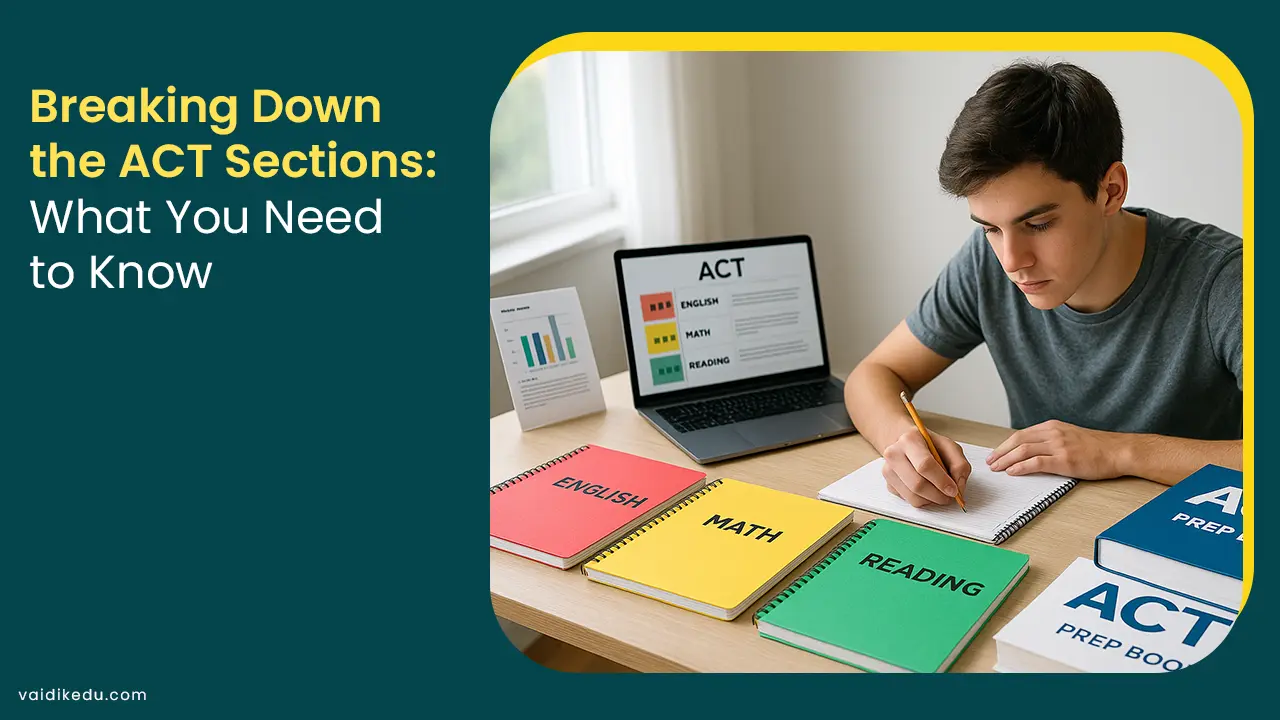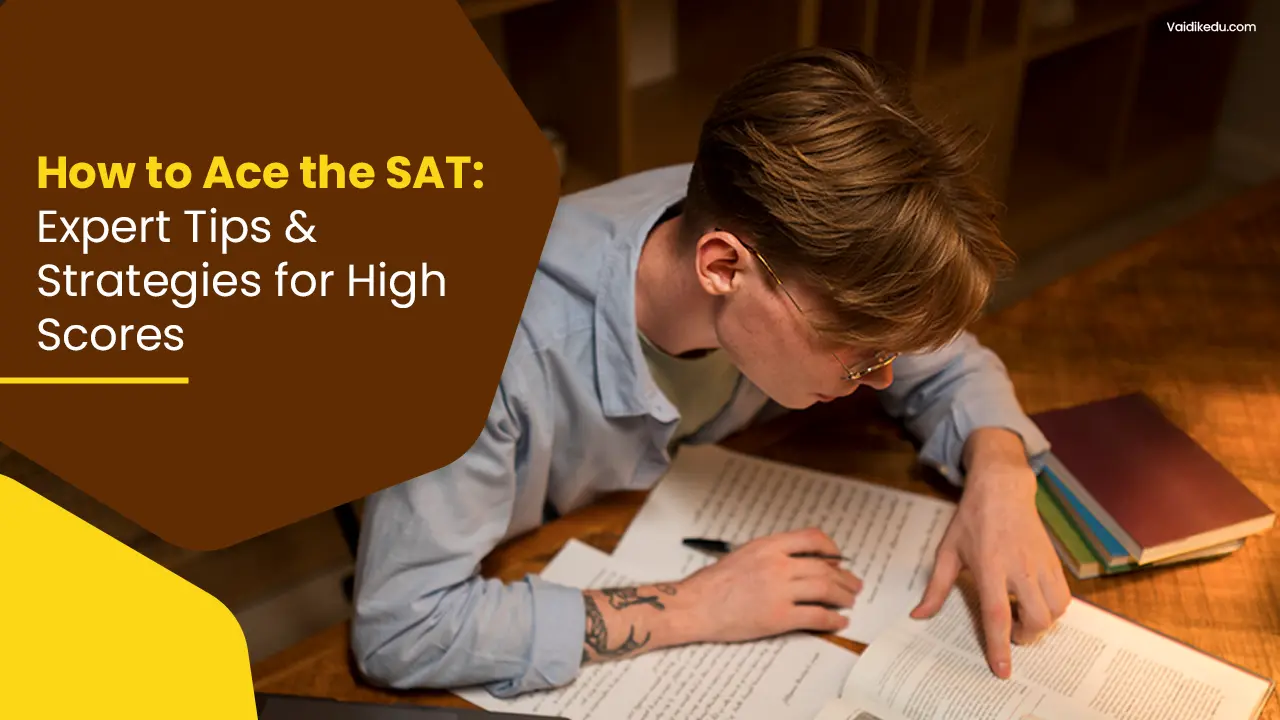The teaching methods should be improved constantly. Ways of learning should also follow the same path. Curriculum development is the way to improve both of these things. It tells what a student should learn. It also defines ways to achieve it. Recent changes show a shift in society and the global economy. This article explores major trends in the K -12 curriculum. It also shows its impact on the future of education.
Connecting Education And Technology
K-12 education has reshaped education. Digital tools and online resources have improved. These play a central role in curriculum design. Learning management systems are widely used.
Some of The Key Elements of This Trend Are:
- Blended Learning Models
These combine traditional classroom teaching with online lessons. This approach allows for flexibility and personalization.
- Interactive Tools
Game-based platforms and interactive simulations make learning engaging. They also improve knowledge retention.
- Artificial intelligence
AI tools offer real-time feedback to students. They create adaptive learning paths based on individual needs. AI also provides data-driven insights for teachers.
Importance of SEL
Social-emotional learning is crucial. Educators now focus on developing emotional intelligence. This should be followed along with academic skills. SEL curricula focus on key areas:
- Emotional Regulation
Students learn to understand emotions. They should also be able to manage them. They become self-aware.
- Relationship Skills
Students are taught to communicate effectively. They are allowed to work together as a team. The students are also made to resolve conflicts.
- Decision Making
Students are encouraged to make ethical choices. They are also taught to be responsible.
Integrating SEL into daily lessons helps in a big way. It creates a supportive learning environment. It also gives students skills needed for professional success. This also improves the overall personality of students.
- Personalized Learning
The traditional method of learning was like a one-size-fits-all. But now that is changing. The curricula are now more focused on personalized learning. This could meet the needs of individual students. This trend mainly focuses on:
- Differentiated Instruction
Teaching methods are adapted to fit various learning styles and abilities.
- Student-Centered Learning
Students take ownership of their education. They set goals and choose their learning pathways.
- Competent Education
Students progress based on mastering skills. Just spending time in class may not be enough.
Advances in data analytics and AI have helped a lot. Implementing personalized learning became easier. These tools help ensure that every student gets the support.
- Multicultural Education
In today’s interconnected world, curricula are changing. The goal is to prepare students for global citizenship. This involves:
- Cultural Awareness
Students are encouraged to understand different cultures. This helps them appreciate the diversity.
- Global issues
Curricula address important topics like climate change, human rights, and international relations.
- Multilingual Education
Students are encouraged to learn new languages. This enhances their communication skills and cultural exchange.
Global competence helps students develop the knowledge of learners. This helps them contribute well to the world.
- STEM And STEAM
Both are a form of education. The expansion of STEM is: Science, technology, engineering, and mathematics. Recently, the arts are also promoted. For that reason, the education has been modified to STEAM. This is done to improve creativity. Trends in this area are.
- Hands-on Learning
Students can work on experimentation and problem-solving. It is done through projects and lab work.
- Interdisciplinary Approaches
STEM/STEAM subjects are integrated to reflect real-world applications.
- Industrial Partnership
Schools are now collaborating with businesses. This gives students exposure to cutting-edge technologies. The career opportunities are also expanded.
STEAM and STEM curriculum aim to prepare students. This helps students adapt to modern workforce demands. They also nurture critical thinking. The creative skills can also be enhanced.
- Project-based Learning
Traditional rote learning is being replaced. Project-based and inquiry-based approaches are now emphasized. These methods focus on active engagement and critical thinking. They involve,
- Real-world issues
Students work on relevant and complex issues. They apply their knowledge in meaningful ways.
- Collaboration in work
Students are encouraged to work together. This helps develop teamwork and communication skills.
- Exploration
Students are allowed to ask questions and conduct investigations. This enhances curiosity.
These approaches make learning dynamic and relevant. They help students develop a deeper understanding of concepts.
- Sustainable education
There is growing awareness of environmental challenges. As a result, sustainability education is being added to curricula. Key elements are,
- Environmental Literacy
It is very important to have knowledge on topics like ecosystems, climate change, and nature conservation. Students could learn about these topics.
- Sustainable Practices
Students can follow eco-friendly practices. These include recycling and energy conservation. The learners must also be aware of the idea of sustainable consumption.
- Outdoor Learning
Nature issued as a classroom. This helps students connect with the environment.
Educating students about sustainability empowers them. It helps them become responsible stewards of the planet.
- Equality
Equity and inclusion are now central to curriculum development. These ensure all students have access to quality education. Strategies include:
- Cultural Responsibility
Lessons reflect diverse perspectives and experiences.
- UDL
UDL stands for universal design for learning. Curricula are designed to teach people of different abilities. The curricula also focus on individual requirements.
- Address Chance-Gaps
Schools provide resources and support for underserved communities.
Inclusive learning environments help every student. They ensure all students reach their full potential.
- CTE
CTE stands for Career and technical education. This approach is gaining momentum. Schools aim to equip students with practical workforce skills. CTE programs often include,
- Industry Based Training
Courses focus on different fields. It includes healthcare, IT, and skilled trades.
- Work-Based Learning
Students gain experience through internships. Apprenticeships is also a good way to learn by working.
- Certifications
Programs allow students to earn credentials. In this way, the chances of employment are increased.
CTE bridges the gap between education and employment. It prepares students for successful careers.
- Learning Mindset
Schools are teaching students to see learning as a lifelong journey. Some of the key points are:
- Growth Mindset
Encouraging students to take on challenges. They are also made to learn from failures.
- Critical Thinking
Helps students analyze data effectively.
- Outside Classrooms
Motivating students to explore extracurricular activities.
- Data For Decision-Making
Data is very important in shaping modern curricula. The data are used for,
- Health And Education
Schools now focus on students’ physical and mental health. A focus on health helps students perform better. This can have effects academically and personally.
Conclusion
The trends in curriculum development are changing. They focus on a future-oriented approach.
Educators connect technology to classrooms. They focus on social-emotional learning. This helps to support emotional growth. Promoting equity ensures education is accessible to all. Fostering global competence prepares students for a connected world.
These trends continue to evolve with time. The goal will be the same. It is to empower students. This prepares them to succeed in life. It also helps them contribute meaningfully to society.
Frequently Asked Questions
Technology integration is a major trend. This includes AI tools, blended learning, and gamification. These tools are shaping K-12 curricula significantly.
SEL builds emotional intelligence in students. It improves their communication skills. It helps them make responsible decisions. SEL creates a positive and supportive learning environment.
Personalized learning provides education individually. Students can learn at their own pace. It helps them overcome challenges.
It teaches critical thinking. It encourages creativity and problem-solving. It prepares students for careers in different fields.









